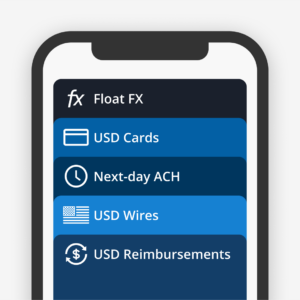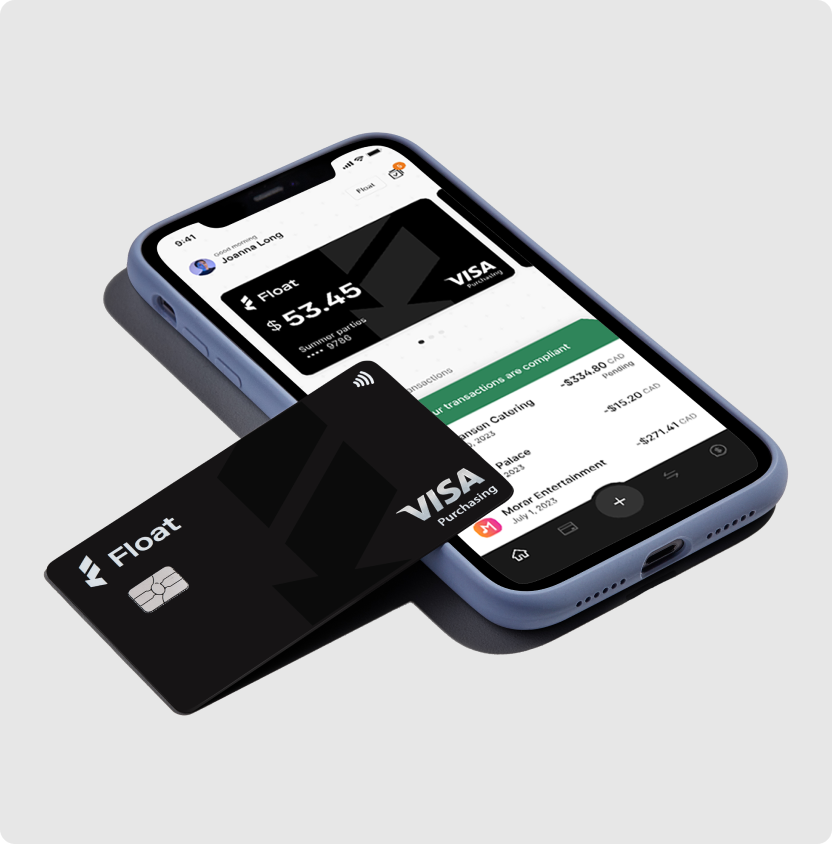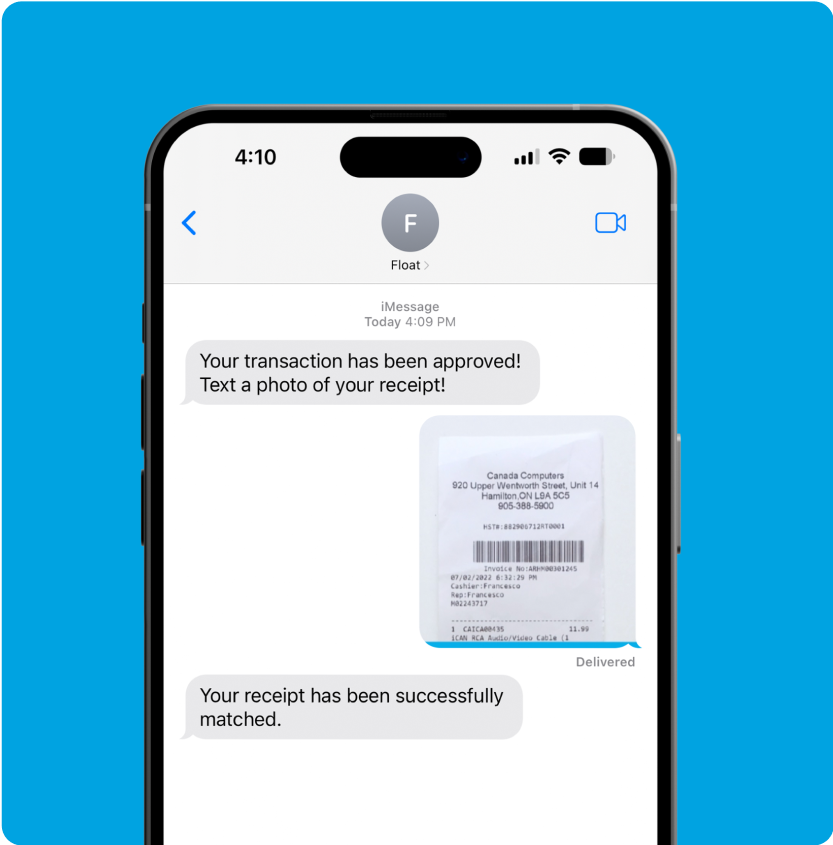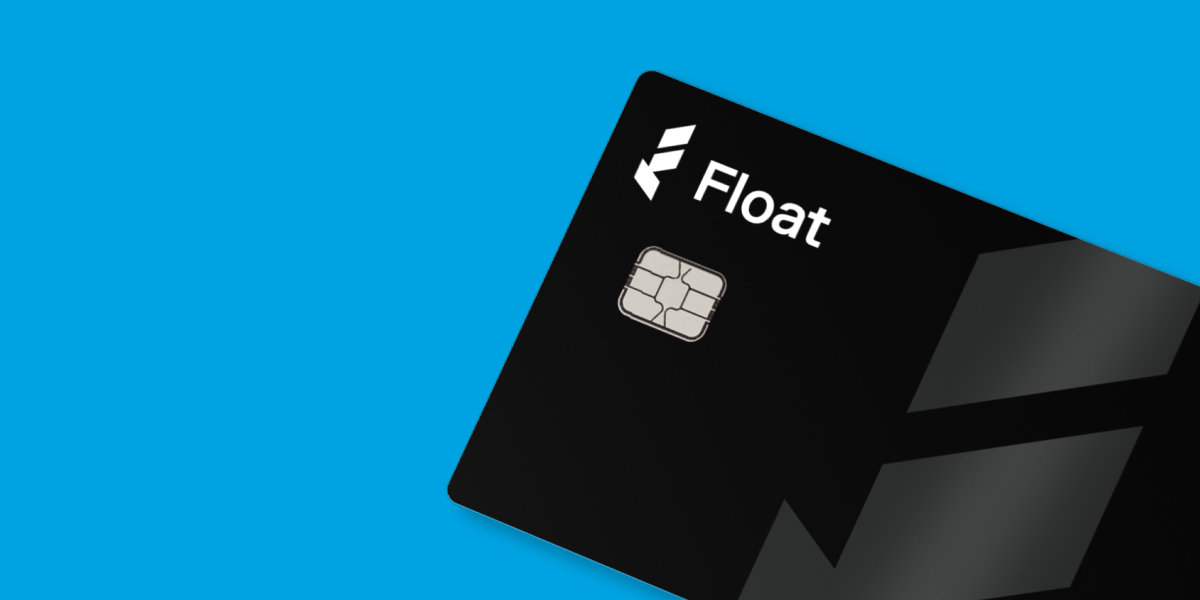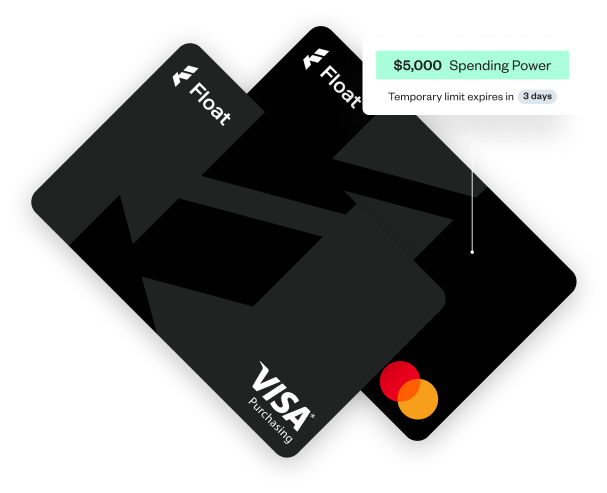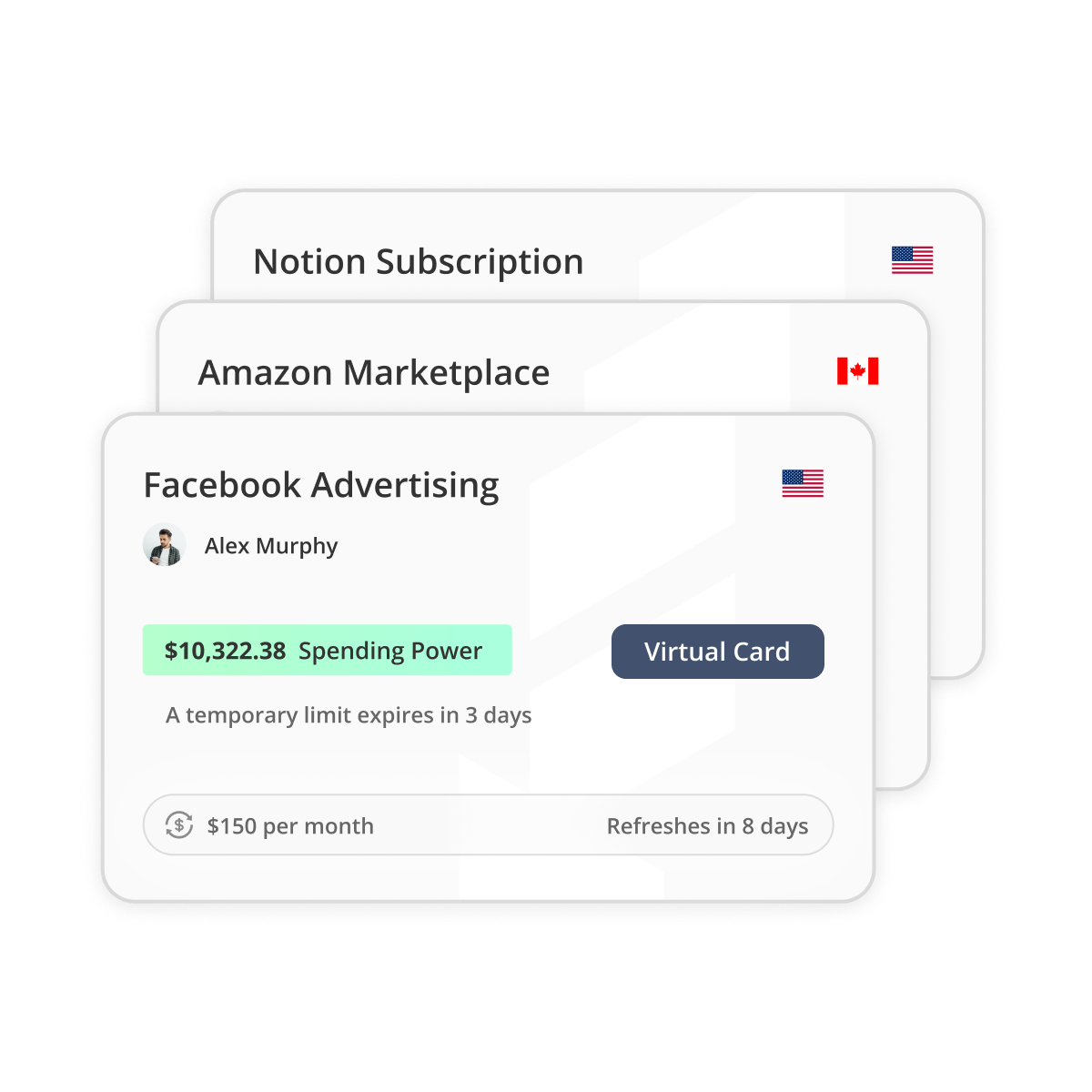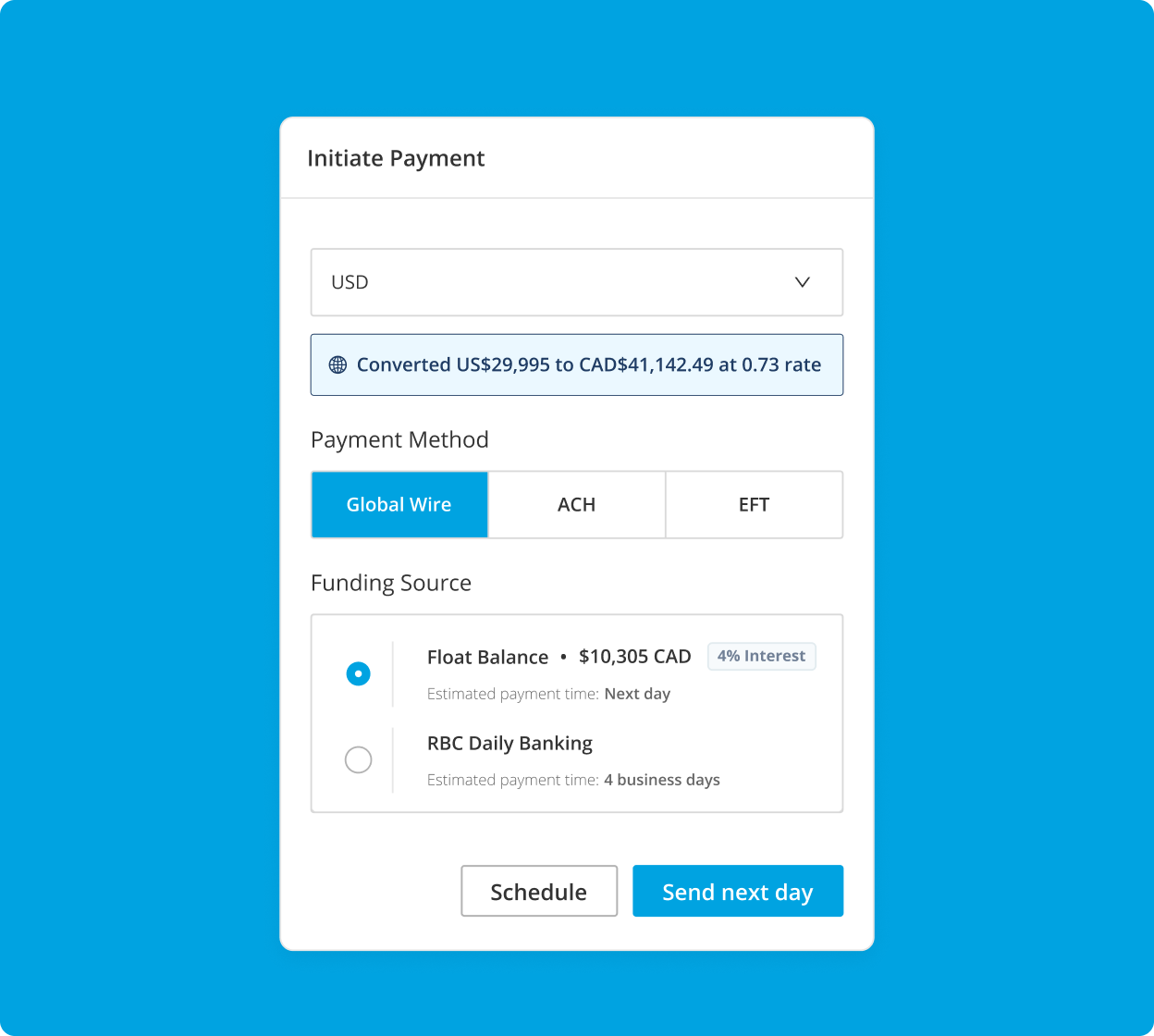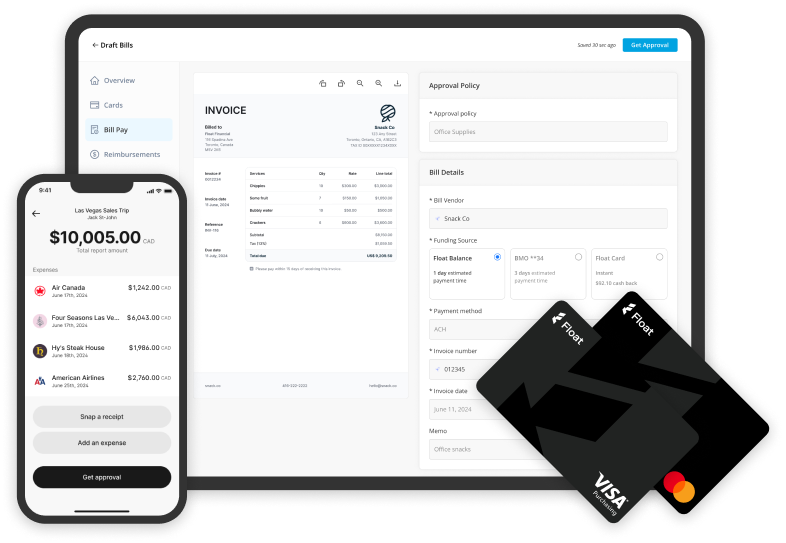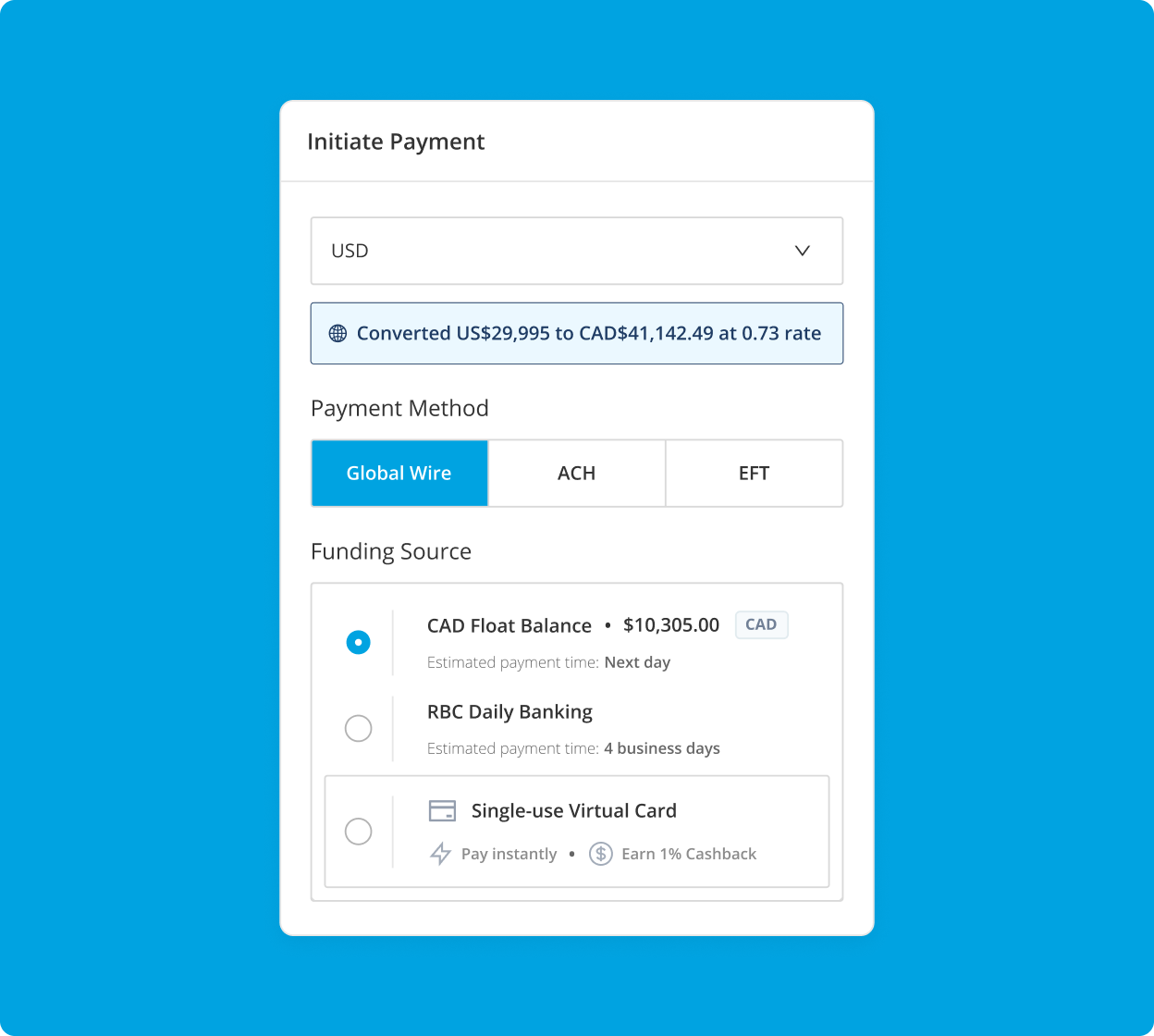Steps to Increase Your Business Credit Card Limit Effectively
As a business owner, you understand the importance of having the right financial tools at your disposal. Your business credit card or corporate credit card is one of those essential tools, providing you with the purchasing power and flexibility to manage expenses effectively. However, as your business grows and your spending needs evolve, you may find that your current credit limit no longer suffices.
Increasing your credit card limit can open up new opportunities for growth and streamline your cash flow management. But it’s crucial to approach this process strategically to ensure the best possible outcome for your business.
In this article, we’ll guide you through the steps to effectively increase your business credit card limit, from evaluating your financial health to making a formal request and following up with your card issuer.
How to Increase Your Business Credit Card Limit
Increasing your credit card limit can enhance your business’s purchasing power and cash flow management. It’s important to approach this strategically to avoid financial pitfalls.
Step 1: Evaluate Your Financial Health
Review your current financial statements, including cash flow and income statements. Ensure your business is in good standing with timely payments and low existing debt. This will help you present a strong case for a credit limit increase.
Step 2: Check Your Credit Score
A good business credit score is crucial for approval. Regularly monitor your credit to identify areas for improvement. Use resources like business credit card management tools to enhance your score.
Step 3: Prepare Necessary Documentation
Gather key financial documents such as tax returns and bank statements. Be ready to provide evidence of increased revenue or reduced expenses. This documentation will support your request for a higher limit.
Step 4: Contact Your Card Issuer
Reach out to your card issuer and inquire about their process for requesting a limit increase. Some issuers may allow you to increase credit limit online or by phone.
Step 5: Make a Formal Request
Submit a formal request for a credit limit increase, highlighting your business’s positive financial trajectory. Be clear about the reasons you need a higher limit, such as upcoming business investments or expansion plans.
Step 6: Follow Up
After submitting your request, follow up to check the status and provide any additional information if needed. Regular communication can demonstrate your seriousness and dedication to maintaining a good financial relationship.
Step 7: Explore Alternatives
If your request for a credit limit increase is denied, don’t be discouraged. There are alternative options available that may better suit your business needs.
Consider exploring other financial products, such as float charge card limits, which can offer more flexible spending limits tailored to your specific business requirements.
Best business credit cards
Compare top options, fees and benefits for
Canadian companies.
Tips on Managing Business Credit
1. Maintain a Low Credit Utilization Ratio
To maintain a healthy credit score, aim to use less than 30% of your available credit at any given time. This demonstrates responsible credit management and can positively impact your chances of securing a credit limit increase in the future.
2. Keep Financial Records Up-to-Date
Regularly update your financial records and monitor your expenses to stay on top of your credit situation. This will help you identify areas for improvement and make informed decisions when it comes to managing your business credit.
Frequently Asked Questions
What steps do I need to take to increase my business credit card limit?
To increase your business credit card limit, you should:
- Evaluate your financial health: Review your financial statements and ensure your business is in good standing.
- Check your credit scores: Monitor your credit scores and identify areas for improvement.
- Gather necessary documentation: Prepare financial documents to support your request for a higher limit.
- Contact your card issuer: Inquire about the process for requesting a limit increase.
- Make a formal request: Submit a formal request, highlighting your business’s positive financial trajectory.
- Follow up: Check the status of your request and provide additional information if needed.
What factors do credit card issuers consider when increasing a business credit card limit?
Credit card issuers typically consider several factors when evaluating a request for a business credit card limit increase, including:
- Credit score: A good business credit score is crucial for approval.
- Financial health: Issuers will review your financial statements to assess your business’s overall financial health.
- Payment history: A history of timely payments and low existing debt can strengthen your case for a limit increase.
- Business revenue: Evidence of increased revenue or reduced expenses can support your request for a higher limit.
How long does it take to get a credit limit increase on a business credit card?
The time it takes to get a credit limit increase on a business credit card can vary depending on the issuer and your specific situation. Typically, the process can take anywhere from a few days to a couple of weeks.
What are the benefits of having a higher business credit card limit?
Having a higher business credit card limit can offer several benefits, such as:
- Increased purchasing power: A higher limit allows you to make larger purchases and investments for your business.
- Better cash flow management: With more available credit, you can better manage your cash flow and cover expenses as needed.
- Ability to finance larger business needs: A higher limit can help you finance larger business expenses, such as equipment purchases or expansion projects.
Get 10x Higher Limits with Float
By following these steps and tips, you can effectively increase your business credit card limit and unlock new opportunities for growth. At Float, we understand the unique financial needs of businesses like yours, and we’re here to help you navigate the complex world of business credit management.
Try Float for free
Business finance tools and software made
by Canadians, for Canadian Businesses.


